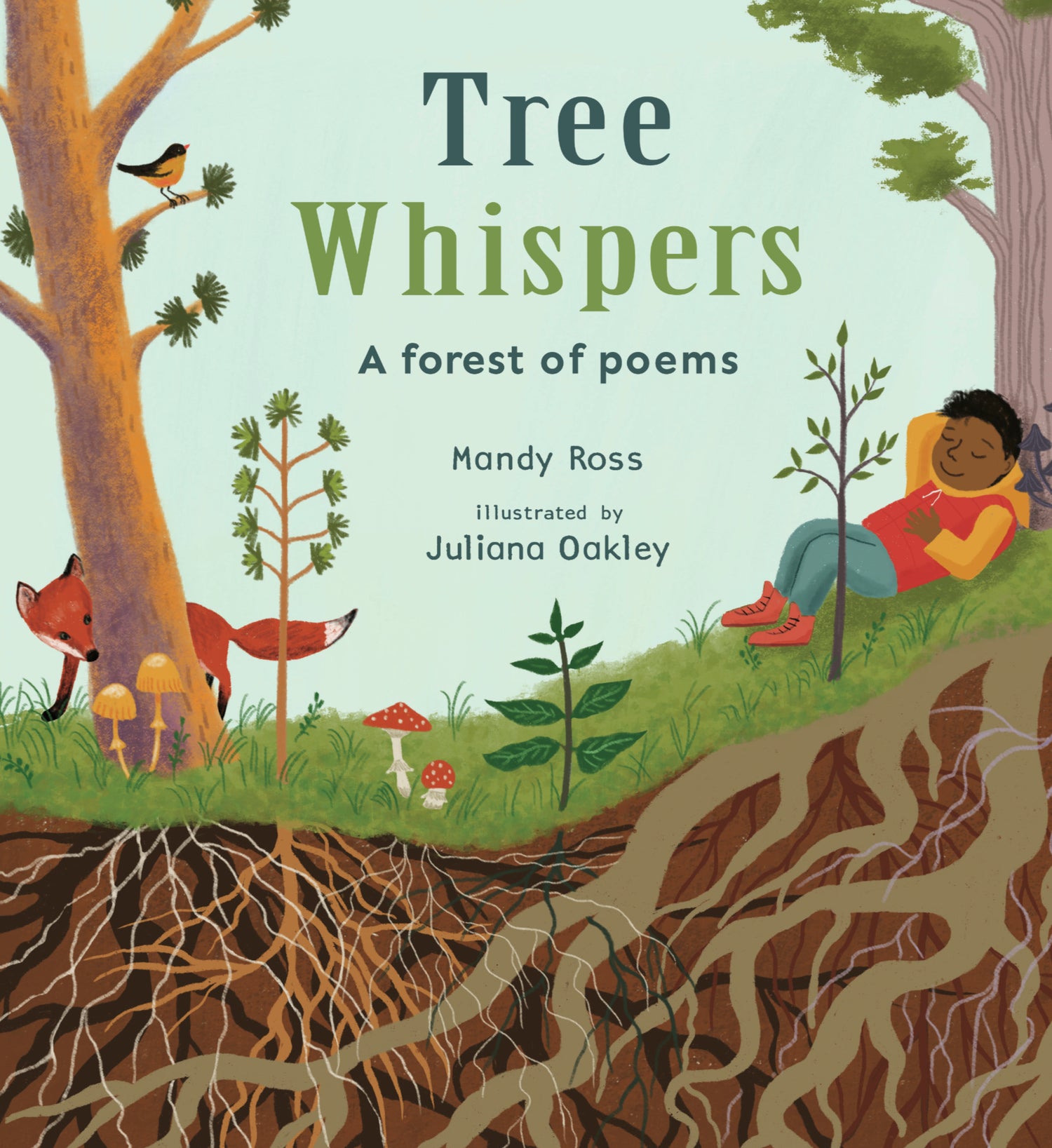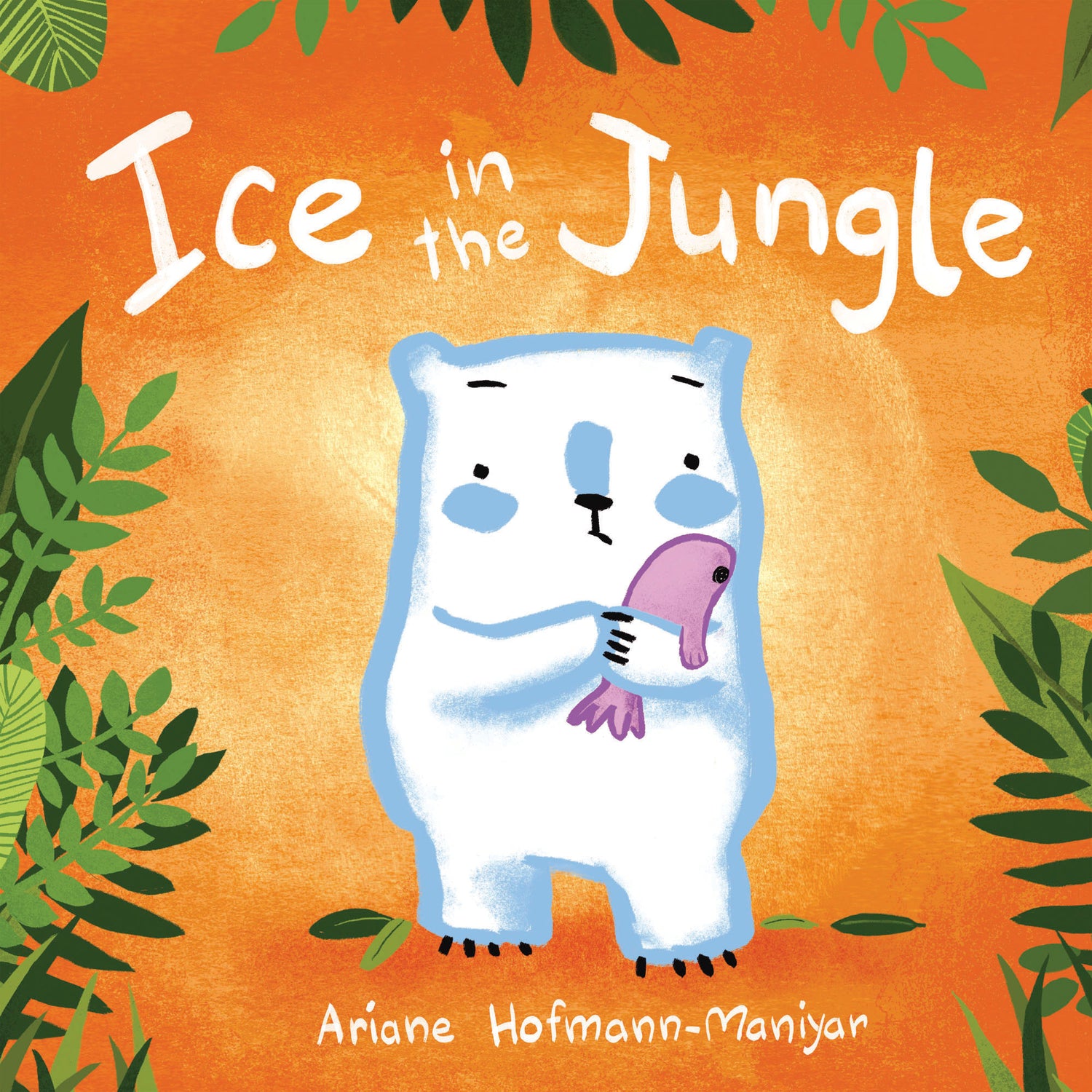Child of St Kilda Activities

Tips for Using CHILD OF ST KILDA:
English + Critical Thinking: Ask older children to be detectives and explain that you’ll need their help solving the mystery of why the St Kildans were evacuated.
Read the book in stages to build a sense of mystery. Tape ‘evidence’ to a wall and connect the words and pictures with string. Examples of evidence: tourists, lack of doctors, weather,
declining population.
You could include some red herrings for children to reject, such as ‘bored of eating gannets for dinner’!
For an opportunity to practice oracy skills, you could role-play as a St Kildan and let the children interview you for clues. To increase the difficulty, display some words that their questions can’t include.
English: Write a diary entry or a letter from the point of view of a child living on St Kilda. Encourage them to use details from the book to describe how the island smells and what they can hear.
English + Art: Draw a view of St Kilda on one side of a postcard. On the back, write from the perspective of a Victorian tourist. What do you think of the St Kildans and their way of life?
English + Art: Design posters to encourage tourists to be respectful; what rules should the tourists follow? Examples: do not litter, be polite to the locals, do not visit St Kilda if you are feeling unwell.
English: Design pamphlets persuading Victorians to visit St Kilda as a tourist destination. What is unique about the island? What are its best features? The group could be divided in two, and the other half could create persuasive pamphlets in protest of visitors, with a focus on the negative impact they are having on the island.
Music: Use instruments to accompany parts of the book; improvise a turbulent theme for the stormy pages and a sad piece to express Norman John’s feelings as he waves goodbye to his mother.
Geography + Maths: The map spread shows the location of St Kilda. Research how far from the school the island is. Emphasise the remoteness of the island by planning out the route the class would need to take to reach it. How much time would it take? How much money would it cost?
Maths: Discuss the currency St Kildans used. Research the history of bartering.
Science + Design: Research the St Kilda mailboats. These were created using a plank of wood (with an ‘Open me’ message), a waterproof container, and an inflated sheepskin to help it float. Substitute the sheepskin for a balloon and the plank for a thick piece of cardboard and encourage children to make their own mailboats. Can they make them float? Can they keep the letters inside dry?
Science: “Child of St Kilda” mentions that some species of wildlife are exclusive to the island. Compare these to the species which could be found in your area. Discuss the ways in which animals adapt to their habitats. (A good example is the peppered moth - Victorians didn’t just have an impact on the St Kildans!)
Science + Art: Ask children to either draw a St Kilda version of their favourite animal - it will probably be bigger than usual and have adapted its body to handle the harsh weather (remind them that the island might not be big enough for a T-Rex of St Kilda!)
Soundscape
• Make the reading even more sensory by putting a fan on to simulate the wind, and opening a packet of dried seaweed (often sold as “Sushi nori”) to recreate the smell of the sea.
• Encourage children to listen to the ambience and imagine they are on the island. What can they hear? What can they see and what does the air smell like?
• Create mind maps of the sensory information - make these as detailed as possible. Ask the children to refer to theirs when moving on to a creative writing exercise.

Tip: Children may be unfamiliar with some of the animal names introduced in the book, such as “wren”. Create a word bank and model using specific names for more vivid descriptions. E.g. Instead of writing ‘I can hear the birds’, it would be more effective to write ‘A wren sings to herself while she searches through the moss for breakfast’.
Collections
-

Big Feelings
Tender tales about those BIG feelings we all experience.
-

Friendship
Touching stories about making friends, best friends, furry friends and every type...
-

The Environment
Our home - the beauty of nature and what we can do...















